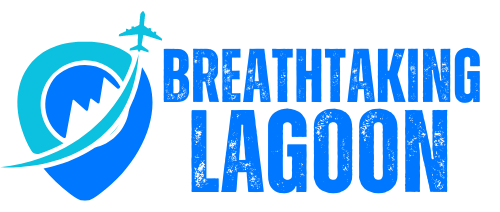Fourth of July weekend is almost here, with nearly 4.6 million Floridians alone expected to travel over four days.
AAA projects 72.2 million people will travel at least 50 miles or more from home over the Independence Day holiday alone, with Florida being one of the top destinations for travelers.
“Independence Day is one of the most popular times for travel, with Americans eager to take advantage of summer vacation opportunities,” Debbie Haas, vice president of AAA Travel, said in a release.
For those spending the three-day holiday weekend at Disney World, Universal Orlando or any of Florida’s theme parks, here’s what to know about traveling and what the weather forecast will look like.
Orlando unsurprisingly ranked in first place on AAA’s list of the top 10 most popular Fourth of July weekend destinations in the U.S. for 2025. South Florida’s Fort Lauderdale and Miami also made the list.
See the top 10 domestic travel destinations:
Before you head out on your road trip, make sure you know where you’re going. From Orlando to Tampa, here are the official addresses for each of the top theme parks in Florida:
Walt Disney World
Universal Orlando Resort
SeaWorld Orlando – 7007 SeaWorld Drive, Orlando, FL 32821
Legoland Florida – 1 Legoland Way, Winter Haven, FL 33884
According to traffic analyst INRIX, the best travel times are:
The worst times to travel will be from afternoon to early evening, according to AAA, and the busiest days on the road will be Wednesday, July 2, as people head to their destinations, and Sunday, July 6, when they head home, according to INRIX.
A “wet and active weather pattern” is forecasted for the Fourth of July and into the holiday weekend, according to the Florida Department of Emergency Management.
There is also a 40% chance that a low-pressure system will evolve into something tropical or subtropical. It could develop near the southeast U.S. Atlantic or Gulf coasts by this weekend along a weakening frontal boundary, the National Hurricane Center said at 8 a.m. July 2.
“Environmental conditions appear only marginally conducive for some slow development, but a tropical or subtropical depression could form in this region over the weekend or early next week while the system moves little.
“Regardless of development, heavy rainfall is possible across portions of the southeast U.S., particularly across the west-central Florida coast, the National Hurricane Center said.




